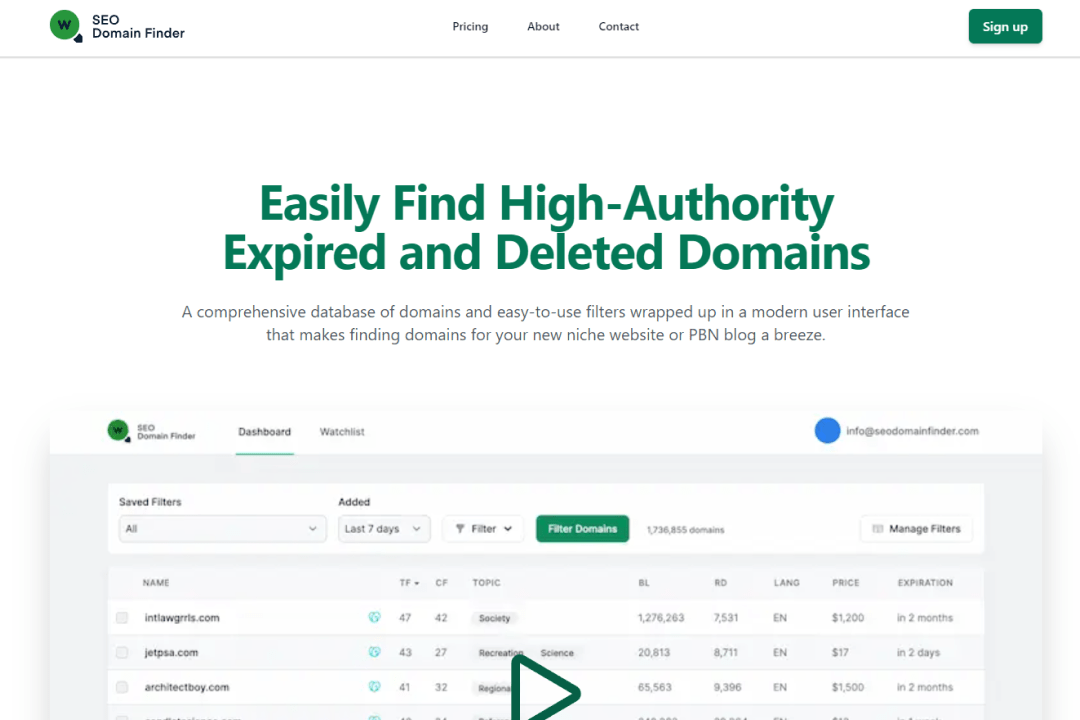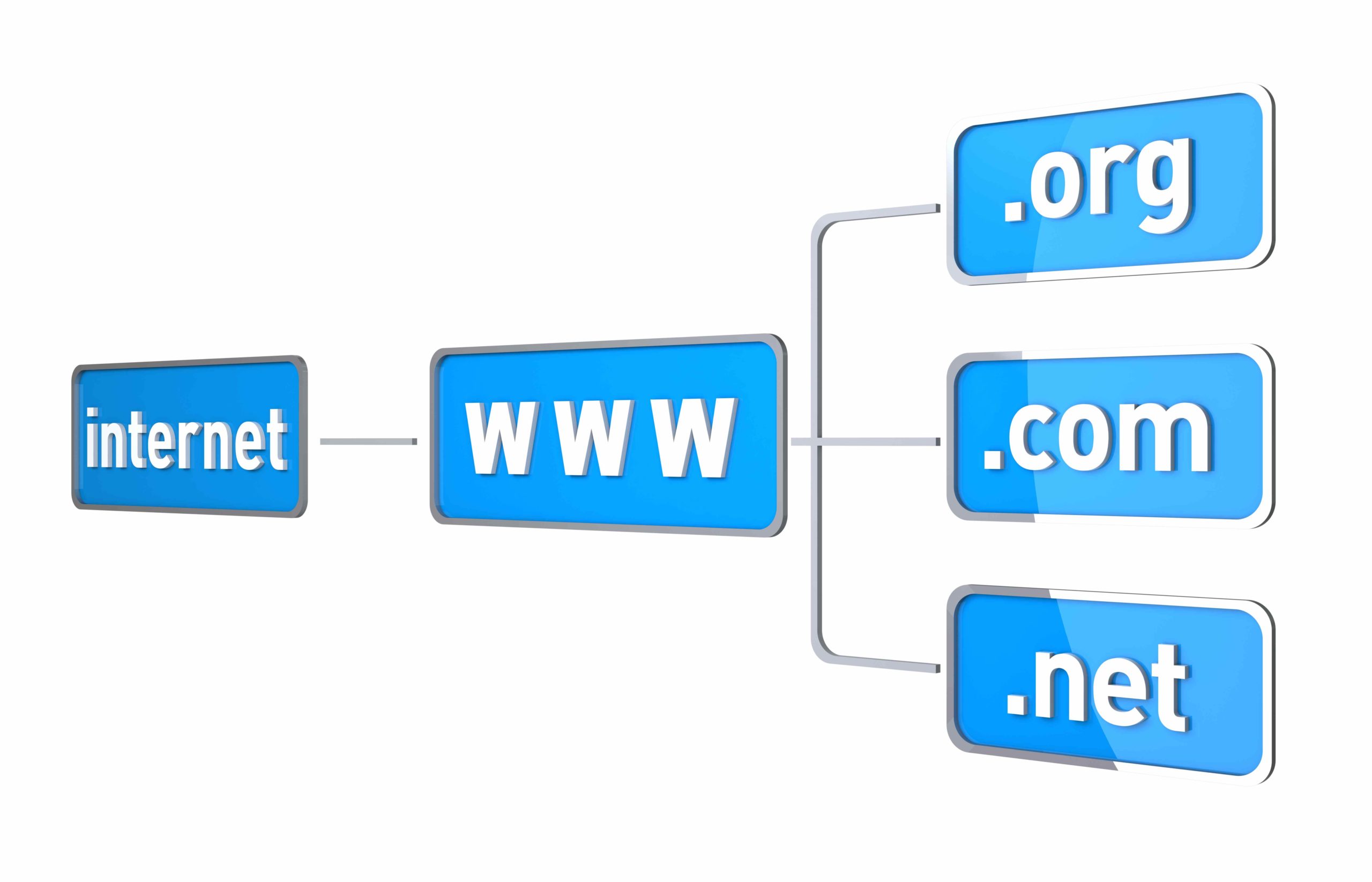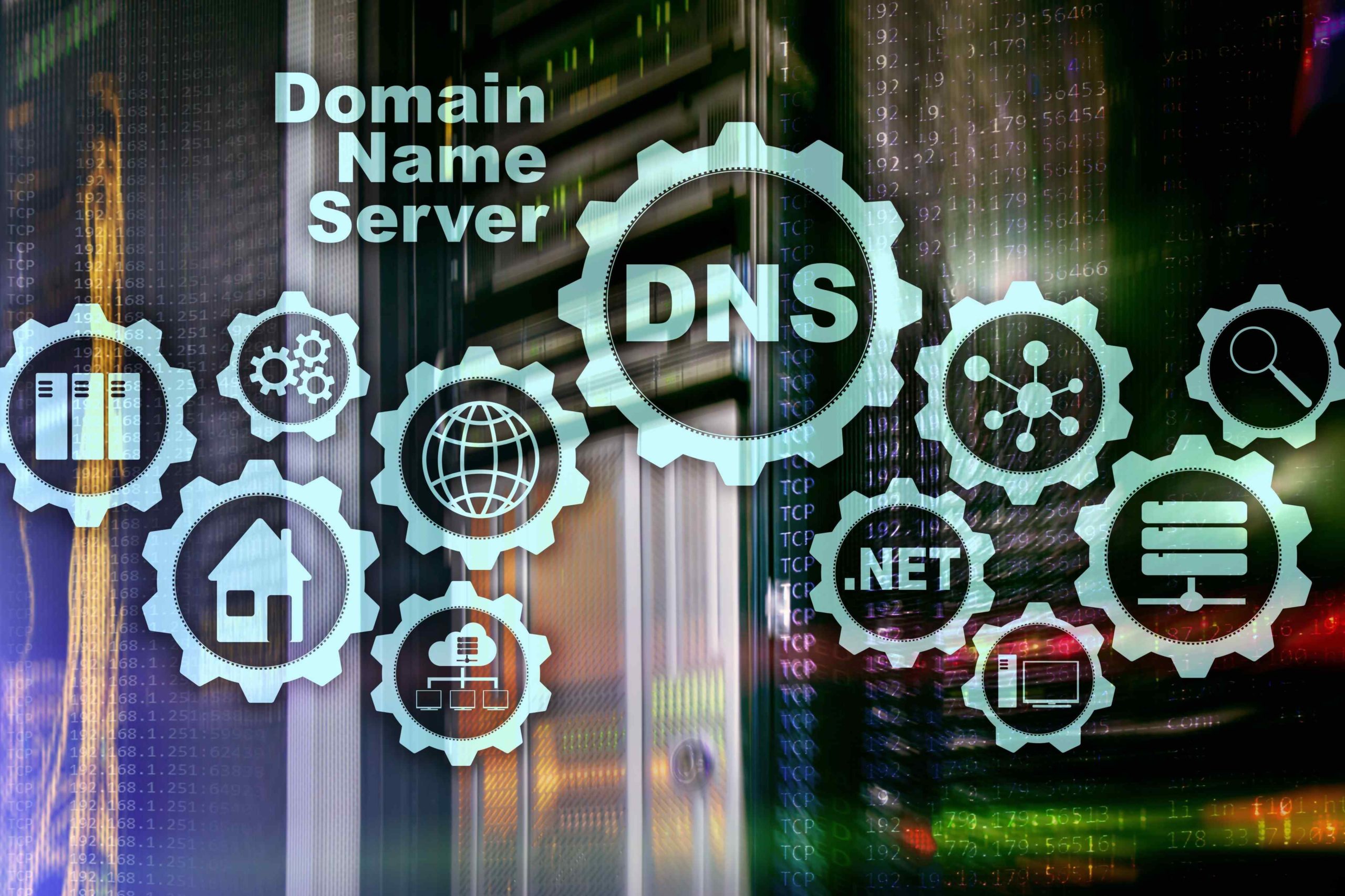
Today, we’re exploring the .es domain extension. As the country code top-level domain (ccTLD) for Spain, .es holds significant importance for businesses and individuals aiming to establish an online presence in the Spanish-speaking world.
Let’s delve into what the .es domain is all about and why it’s essential in the digital realm.
Key Takeaways
- The .es domain is the country code top-level domain (ccTLD) designated for Spain, indicating a connection to the Spanish territory.
- It serves to establish an online presence directed towards audiences in Spain or the Spanish-speaking community.
- With over two million .es domains registered globally, it is a popular choice for individuals and businesses seeking to target Spanish-speaking audiences.
- The registration cost for a .es domain ranges from $13.60 to $16.00 per year, with renewal fees varying from $16.00 to $24.99 per year.
- To acquire a .es domain, individuals must provide a valid government-issued ID number and adhere to specific character and naming guidelines.
What is .es Domain Meaning?
The .es domain is the country code top-level domain (ccTLD) assigned to Spain. It serves as the online address for entities associated with Spain, helping to establish a Spanish online presence.
With over 2 million .es domain extensions registered worldwide, they’re a popular choice for individuals, businesses, and organizations wanting to connect with Spain.
Whether it’s a Spanish company looking to enhance its online visibility or an international entity aiming to enter the Spanish market, having a .es domain can boost credibility and relevance.
What is .es Domain Used For?
The .es domain is primarily utilized to designate websites as Spanish, positioning them within Spain and distinguishing them from global sites. Functioning as the country code or geographic domain for Spain, it establishes online territoriality and imparts a distinct Spanish identity to websites.
Targeting an audience in Spain or the broader Spanish-speaking community, the .es domain can enhance online visibility. It serves as a clear indicator to users and search engines that the content is tailored for the Spanish market. This is significant as search engines often prioritize local content in search results, giving websites with a .es domain a competitive advantage in Spanish search engine rankings.
Furthermore, with over 2 million .es domains registered globally, opting for this domain demonstrates involvement in a growing, lively community. For businesses, it can foster trust with Spanish customers who prefer engaging with local entities.
In essence, the .es domain serves as more than a mere web address. It serves as a potent tool for increasing visibility, strengthening branding, and establishing connections within the Spanish-speaking realm.
What is .es Domain Price?
When considering the cost of a .es domain, it’s essential to note that prices can vary depending on the registrar you choose. On average, the registration cost for a .es domain ranges from $13.60 to $16.00 per year. This pricing places .es domains in the affordable range compared to other domain extensions.
To register a .es domain, you must adhere to specific requirements, such as representing Spain and following syntax rules. It’s important to avoid using prohibited and reserved words during the registration process.
If you ever decide to transfer your .es domain, the process is typically free and doesn’t impact the expiration date. However, if you need to change the domain’s owner, you’ll need to contact the registrar directly. It’s worth noting that detailed pricing information is available for the Virgin Islands, U.S., so be mindful of any additional fees associated with maintaining your .es domain.
How to Get a .es Domain?
To get a .es domain, you can follow these steps based on the information from the provided sources:
Eligibility and Requirements
- Anyone can register a .es domain, but individuals and companies must provide a government-issued ID number for verification.
- Different types of .es domains are available, such as .com.es for commercial entities, .nom.es for personal names, and .org.es for non-commercial entities.
Registration Process
- Choose a domain registrar like Hostinger, GoDaddy, or Namecheap that offers .es domain registration services.
- Provide the necessary identification details during the registration process.
- Ensure your domain name meets the character requirements (3-63 characters) and follows the usage guidelines (letters, numbers, hyphens).
- Select the registration length (1-5 years) and renewal options.
Additional Services
- Some registrars offer additional services like DNS management, email forwarding, SSL certificates, and web hosting to complement your .es domain registration.
- Consider adding services like DNSSEC for enhanced security and email forwarding for professional communication.
Read about other domain extensions:
Conclusion
Securing a .es domain involves following specific rules and guidelines. It’s essential for establishing a digital presence in Spain.
To register a .es domain, you need to adhere to syntax rules and avoid restricted keywords. Additionally, providing accurate contact details and identification information is necessary.
By following the proper procedures and utilizing available resources, you can successfully set up your .es domain. Take the necessary steps to begin your Spanish digital journey today.











































































































